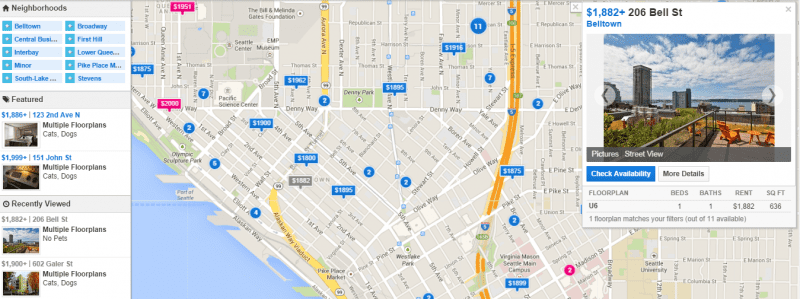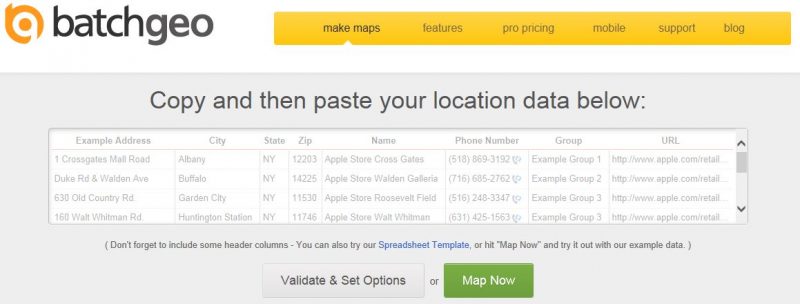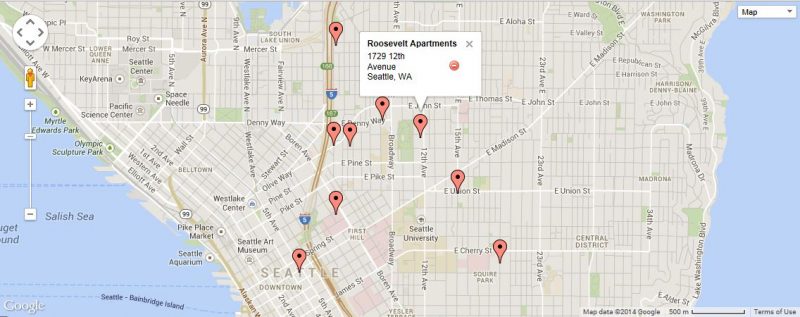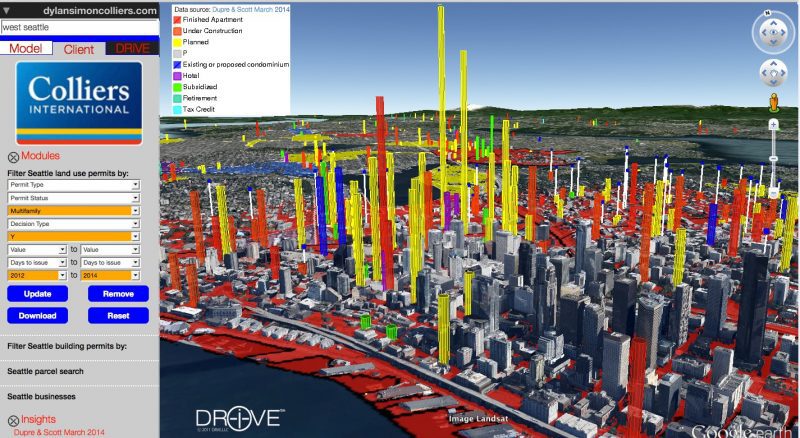Thinking back to when I was first taught the tenets of good writing, I was offered sage advice. Write to your audience. Carefully consider use of language. Tone. And of great importance, topic. Yet, in crafting a piece written on “technology” to a broad category of commercial real estate professionals, I fear taking the grave risk of writing to an empty room. So please stick with me, allow me to offer something in return for your trust in the author – the possibility of returning your time, possibly in spades.
Technology is often not about something new or undiscovered, as many of us realize there is precious little new under the sun, and it is seldom that we discover true novelty. Instead, I submit that what we often have to gain in adopting the use of new technologies is that which we have the least of – time.
Technology often is most advantageous when it assists us with tasks already known and frequently performed. By use of it we gain efficiency, and with that efficiency we can better use time we have gained. I have written before for ULI on CRE Tech Companies to Watch, yet here is a target list for the apartment community.
The following is a survey of a few modern technologies that I consider important. Useful. Ones that many of us can use to help us go about our daily business lives to increase our efficiency and leave us time to perform new tasks – or maybe, just maybe, free a few precious moments to pause and think critically and gain deeper insights into our work.
Tracking Market Rents – Zumper
Whether you are attempting to track market rents in a known market or parachuting into a new market, doing so can be challenging. Beyond tracking new developments hitting the market, you must consider new floor plans, finishes, amenities and other rent altering variables that are constantly in flux. Zumper (click Zumper to try) is here to help. This technology allows you to quickly analyze any submarket and get a sense for rent levels and available product.
With Zumper, the user interface is elegant. All available apartments are on a map and in many cases, quite a few details are provided.

Think Zumper isn’t here to stay? Well its backers might disagree. The venture capitalists behind Zumper have helped a few other small companies along the way, like Facebook, Twitter, Uber, Pinterist and Skype. I really like Zumper, but they are not the only game in town. Also check out: Lovely, Apartment List and a relative newcomer, Zillow – yes, they now cover rentals and are on a tear. Goodbye Craigslist.
Mapping – BatchGeo
As you well know, and see in practice above with Zumper, placing data on a map makes a world of difference. I found in publishing my 2014 Seattle Multifamily Urban Market Study that commercial real estate professionals really want to see data on a map. Whether you are analyzing new apartments in the pipeline or setting a driving route to shop rent comparables – mapping with data is the way to go.
Introduce BatchGeo (click BatchGeo to try). Based on uploading just about any spreadsheet, and easy to use, BatchGeo greatly simplifies visualizing and comparing different locations.
It’s simple …enter data here:

And output a map with data here:

BatchGeo has competitors as well, although I find it one of the simplest to use. If you want other options, try: eSpatial or Google Engine.
Raising Capital – CrowdStreet
I find it difficult to discuss technological innovation in the commercial real estate sector without broaching the topic of crowdfunding. When I wrote the blog post CRE Joins the Crowd earlier this year, it was more of a controversial topic. However, several months and millions of dollars crowdfunded later, some of the controversy has subsided and crowdfunding has become a bit more mainstream—well, as mainstream as any new technology in commercial real estate can be.
CrowdStreet (click CrowdStreet to try) is one such platform achieving great success lately. The concept is relatively simple – technology is leveraged to introduce real estate investors, both on the capital side and the sponsor side, to one another. Developer/buyer – meet investor/equity source. Voila!

Crowdfunding is here to stay (if you don’t think so, ask Forbes) and CrowdStreet is not the only player in the game, although they are a homegrown PNW company and have a great team. Also, check out Realty Mogul, FundRise and RealtyShares.
What do I use?
I use a lot of technology in my brokerage practice. I get most excited about opportunities to glean greater insights by layering data and using mapping software to visualize the data. Clients rely on me to help them outperform the market, source opportunities and achieve the highest sales prices – technology is a great aid in all three.
For instance, when I open my customized Google Earth application to understand what is happening in Seattle, this is an example of what I see:

If you want to learn about the technology I use, just ask. And if you don’t think technology is soon going to play a major role in our industry, take a look at Google’s latest investment.
As always, I’d enjoy discussing my thoughts on the application of technology in commercial real estate with you. Or better yet, how I use technology to help my clients find the best opportunities and maximize returns on their investments. And remember, its just technology – embrace it!

